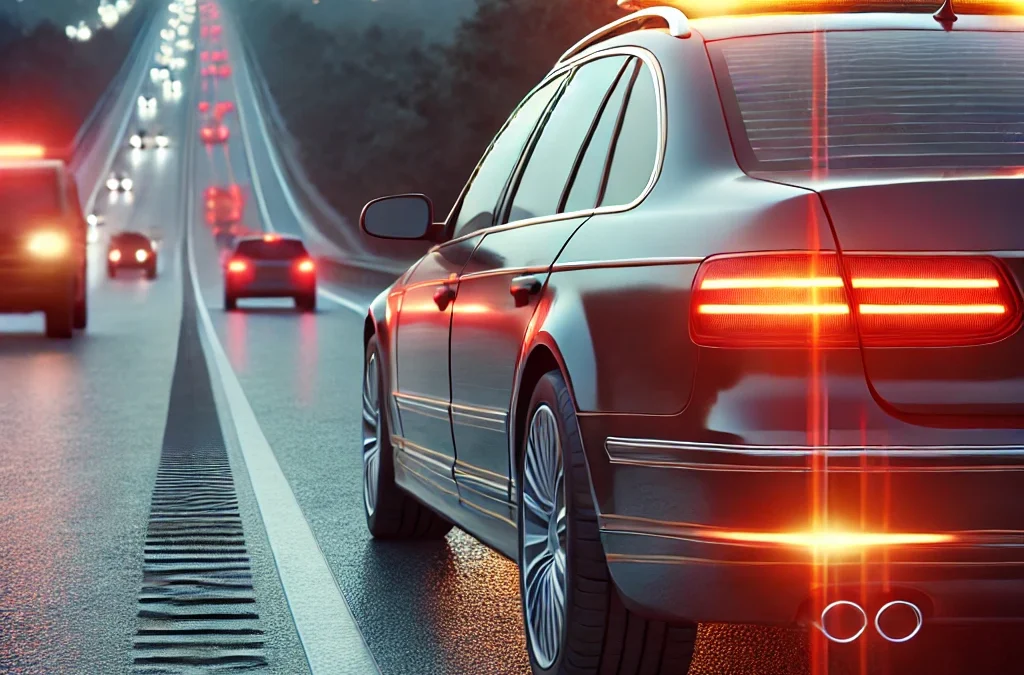Using Your Emergency Flashers: A Guide to Staying Safe in Emergencies
Emergency flashers are a crucial tool for alerting other drivers to potential hazards or situations on the road. Whether you encounter a collision, hazard, or vehicle trouble, knowing when and how to use your flashers can help prevent further accidents and keep everyone on the road safer.
When to Use Your Emergency Flashers
Emergency flashers (hazard lights) should be used when you need to warn other drivers of an obstacle or an emergency situation ahead. Here are some instances when you should activate your emergency flashers:
-
Collision or Hazard Ahead: If you notice a collision or hazard that could be a danger to others behind you, activate your emergency flashers. This signals to other drivers that they should slow down and proceed with caution.
-
Slowing or Stopping: If you’re forced to stop or slow down unexpectedly due to road conditions or obstacles, lightly tap your brake pedal three or four times, and use a hand signal if possible, in addition to your flashers, to warn others.
What to Do in Case of Vehicle Trouble
If your vehicle encounters a problem that forces you to stop, follow these steps to ensure your safety and that of others:
-
Turn on Your Emergency Flashers: This is your first step in alerting other drivers that your vehicle is disabled or in trouble. If your vehicle does not have emergency flashers, use your turn signals instead.
-
Pull Off the Road: If possible, safely pull off the road away from traffic. It is safer to be on the shoulder or in a rest area, where you’re less likely to be hit by oncoming traffic.
-
Stop Where You Can Be Seen: If you can’t fully move off the road, stop where your vehicle is visible to others. Make sure approaching drivers can see you from behind. Avoid stopping just over a hill or around a curve, where your car may not be visible until it’s too late for others to react.
-
Call for Roadside Assistance: Once you’re safely off the road, call for emergency roadside assistance. Stay inside your vehicle with the doors locked and wait for help to arrive.
Important Safety Tips
-
Do Not Stop in Dangerous Areas: Never stop just over a hill or around a blind curve. Drivers coming from behind may not see your vehicle in time, increasing the risk of a collision.
-
Stay in Your Vehicle: If you have to pull over due to an emergency, it’s usually safer to remain inside your vehicle. Keep your seatbelt on, and wait for assistance. If it’s necessary to exit the vehicle (e.g., smoke or fire), do so cautiously and move away from traffic.
Conclusion
Using your emergency flashers correctly can help prevent accidents, especially in situations where visibility is reduced or you’re forced to stop unexpectedly. Always stay calm, follow safety procedures, and take appropriate steps to alert other drivers and protect yourself when dealing with vehicle trouble or road hazards.
Being prepared and knowing how to handle these situations will make a big difference in ensuring safety on the road.






Recent Comments